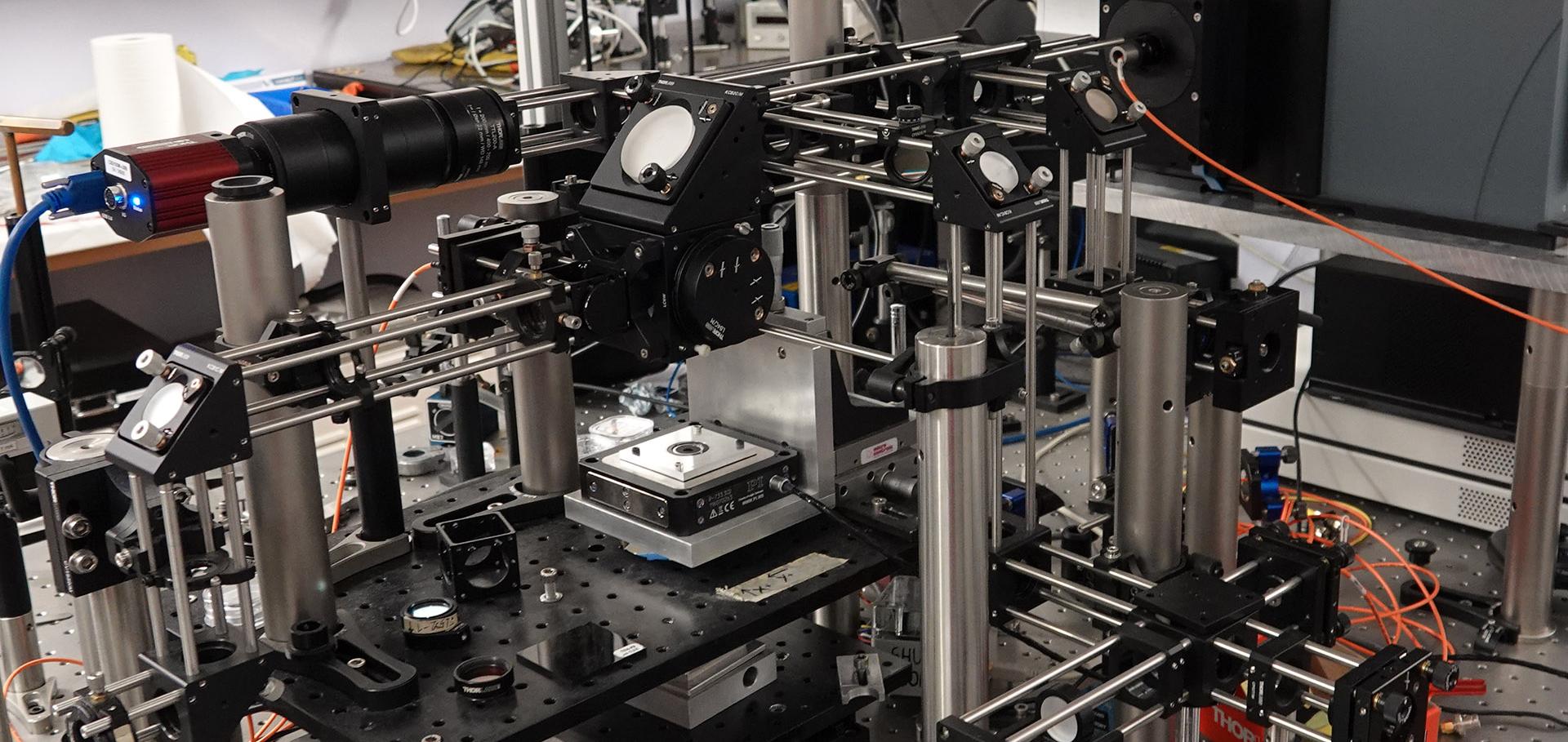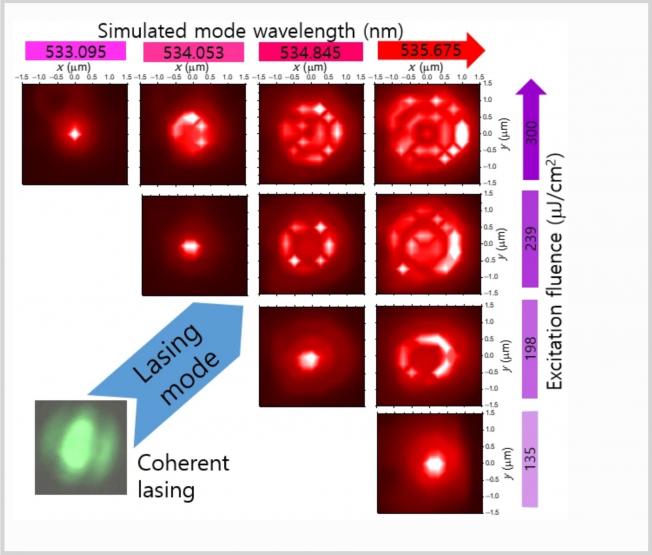Non‐polar (11$ \bar 2 $0) InGaN quantum dots with short exciton lifetimes grown by metal‐organic vapour phase epitaxy
physica status solidi (c) Wiley 11:3‐4 (2014) 698-701
High temperature stability in non-polar (11-20) InGaN quantum dots: Exciton and biexciton dynamics
Physica Status Solidi (C) Current Topics in Solid State Physics 11:3-4 (2014) 702-705
Abstract:
We report on optical studies of non-polar InGaN quantum dots grown on the (11$ \bar 2 $2) plane. Excitonic and biexcitonic complexes are identified by their power dependence and show similar binding energies (∼ 36 meV) and recombination dynamics to conventional polar (0001) InGaN quantum dots. Measured lifetimes as low as 300 ps suggest a reduced internal electric field when compared with polar InGaN quantum dots. Temperature dependent micro-photoluminescence measurements on a single exciton with a lifetime of 327ps reveal no significant exciton linewidth broadening up to 120K, suggesting a reduction in phonon coupling strength when compared to polar quantum dots. This is supported by a measured lifetime of 313 ps for this exciton at 77 K, suggesting the measured exciton decay is almost purely radiative. © 2014 WILEY-VCH Verlag GmbH & Co. KGaA, Weinheim.Non-polar (11$ \bar 2 $0) InGaN quantum dots with short exciton lifetimes grown by metal-organic vapour phase epitaxy
Physica Status Solidi (C) Current Topics in Solid State Physics 11:3-4 (2014) 698-701
Abstract:
InGaN quantum dot (QD) structures have been grown by metal organic vapour phase epitaxy (MOVPE) on non-polar (11-20) GaN surfaces by employing an anneal step in nitrogen immediately after the growth of the InGaN. Here, we compare the growth of such structures on pseudo-substrates grown using an epitaxial lateral overgrowth (ELOG) technique and on pseudo-substrates grown using a simpler in situ SiNx interlayer. The less complex defect reduction approach results in a significantly higher defect density, but does not detrimentally effect the QD formation. For both types of pseudo-substrate, sharp peaks with resolution limited widths are observed in both cathodoluminescence at 9 K and micro-photoluminescence at 4.2 K. The QDs demonstrate significantly reduced exciton lifetimes compared to structures grown on c-plane, which has advantages for possible applications in single photon sources. © 2014 WILEY-VCH Verlag GmbH & Co. KGaA, Weinheim.Excited exciton and biexciton localised states in a single quantum ring
Applied Physics Letters 103:17 (2013)
Abstract:
We observe excited exciton and biexciton states of localised excitons in an anisotropic quantum ring, where large polarisation asymmetry supports the presence of a crescent-like localised structure. We also find that saturation of the localised ground state exciton with increasing excitation can be attributed to relatively fast dissociation of biexcitons (∼430 ps) compared to slow relaxation from the excited state to the ground state (∼1000 ps). As no significant excitonic Aharonov-Bohm oscillations occur up to 14 T, we conclude that phase coherence around the rim is inhibited as a consequence of height anisotropy in the quantum ring. © 2013 AIP Publishing LLC.Excited exciton and biexciton localised states in a single quantum ring
(2013)



